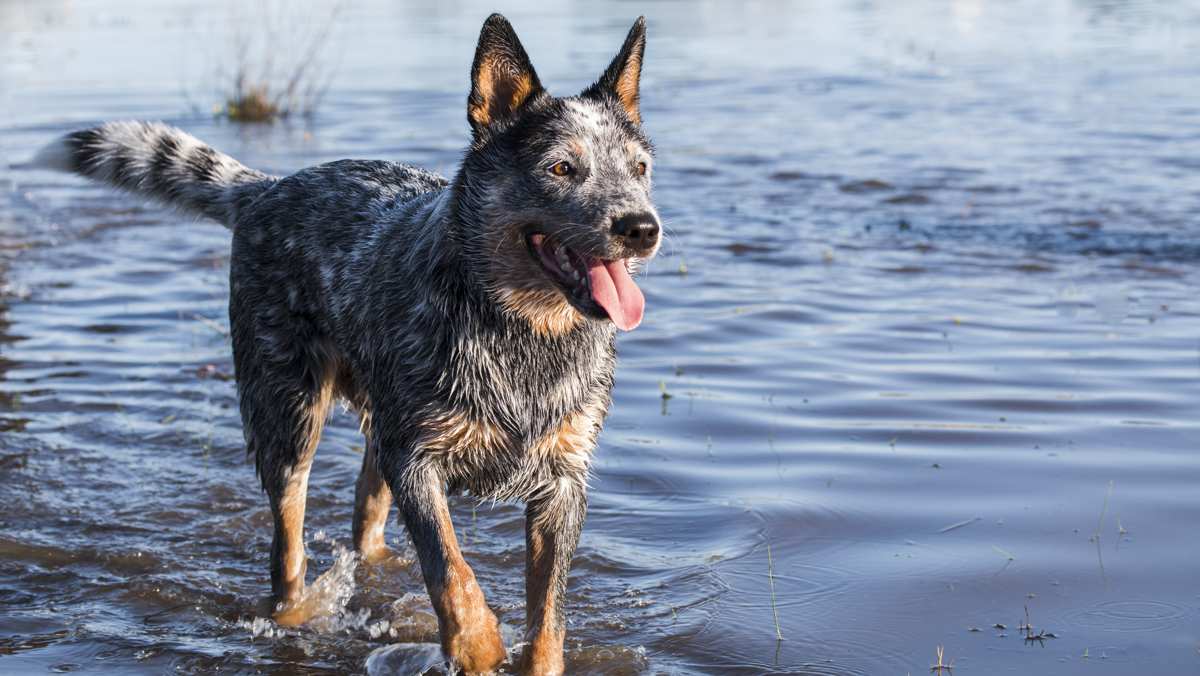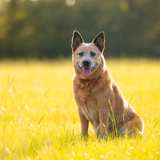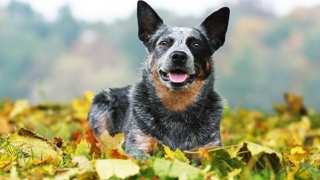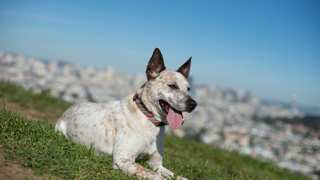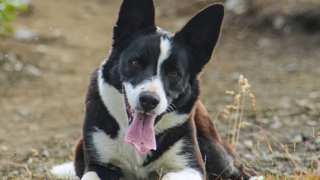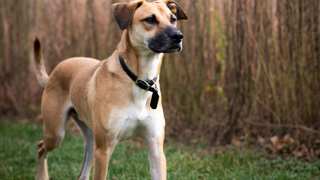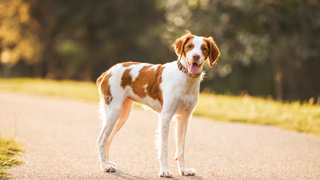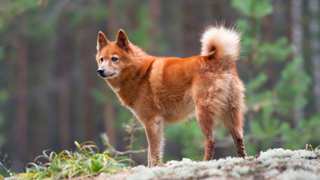As an extremely active breed, the Australian Cattle Dog diet is important in keeping these dogs healthy and fit. Blue Heeler dog food will need to have plenty of animal proteins and carbohydrates to give them energy; the food will also need to have some omega fatty acids to keep their coats and skin healthy. This means that the most sensible choice for this breed is premium dry food. High-quality foods contain the above-listed nutrients that provide your ACD with the proper daily nutrition it needs--nutrients that cheap, generic, or "store-brand" dog food simply doesn't have. Some breeders believe feeding a Blue Heeler a diet of only raw/fresh foods like lean meats, fresh vegetables, eggs, fish, and other natural foods is best--and while those breeders may technically be correct, many people find such a diet for their dogs to be too expensive and inconvenient, and choose premium dry food instead.
And specifically how much Australian Cattle Dog food should you give your dog? Adult ACDs, depending on their age, size, and activity levels, need about three cups of premium dry food per day, divided into two meals. Blue Heeler puppy food portions, again depending on age, are a bit less: about two cups per day, divided into three meals (not two) until six months of age. It's a good idea to feed a young ACD puppy food until nine months old; it's also recommended that you establish a consistent daily feeding schedule for your Blue Heeler so the dog gets used to eating at the same time every day. For more details on ACD feeding from puppyhood through maturity, see this chart:
Australian Cattle Dog Feeding ChartDog AgeDog WeightFood TypeAmountFrequency2 Months8 lbsDry (Puppy formula)0.3 cups3x/day3 Months12 lbsDry0.4 cups3x/day6 Months25 lbsDry0.7 cups3x/day9 Months35 lbsDry* (Puppy/Adult)1.25 cups2x/day12 Months+40 lbsDry (Adult formula)1.5 cups2x/day*--Around this time, transition to adult food by first mixing in just a little adult formula with the puppy formula; over the course of a week, with each meal add a bit more adult food to the mix until the dog is eating it entirely.
It's good to try and stick to the above-listed portions; though your Blue Heeler could probably eat a lot more, these amounts are ample enough. While these dogs don't have a very high tendency for obesity, they certainly can become overweight if overfed--and a fat Blue Heeler will have joint, breathing, and digestive issues, not to mention a shortened lifespan. You can control your ACD's weight in several ways: by establishing consistent feeding and exercise schedules; by not feeding the dog table scraps; and by not leaving food in your ACD's bowl all the time, allowing it to eat anytime it wants. It's better to put the dog's bowl down only at mealtimes, then pick it up 15-20 minutes after the dog begins eating.
If you're worried your Blue Heeler is overweight, give the dog this simple test: run a hand along its side, and if you can't feel any ribs, it's diet time. Decrease the dog's daily food consumption by one-fourth, and add an extra walk, jog, or play period to its daily exercise schedule.
